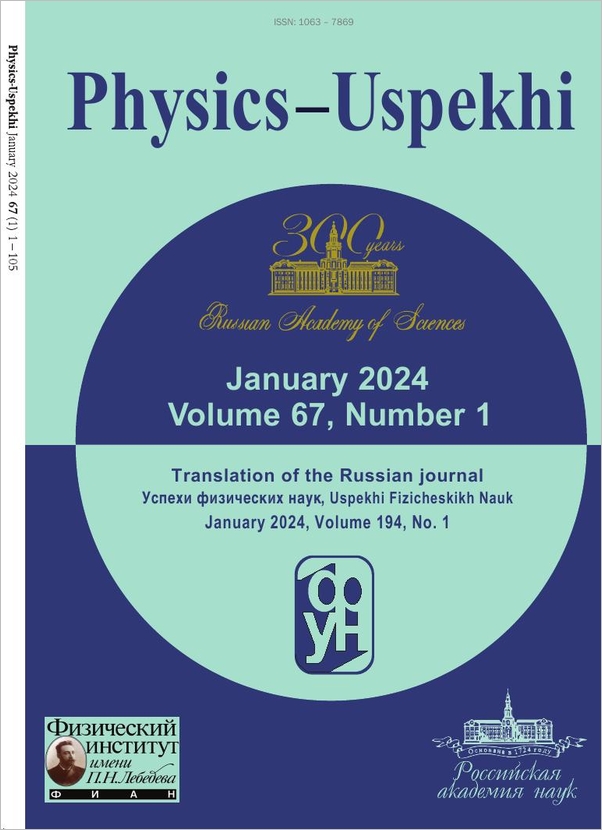|
REVIEWS OF TOPICAL PROBLEMS
Coherent nuclear fluorescence: synchrotron M¨ossbauer radiation
G. V. Smirnov
National Research Centre Kurchatov Institute, Moscow
Abstract:
Purely nuclear diffraction of synchrotron radiation enables the glow of excited atomic nuclei to be observed in the absence of background nonresonant electron scattering. Nuclei excited in an iron borate crystal can generate in the crystal directed gamma radiation with a narrow spectral band. Based on the remarkable properties of iron borate, the first source of synchrotron M¨ossbauer (SM) radiation was created a quarter of a century ago. The history of the emergence and development of a new branch of optics—quantum optics of resonant gamma radiation—is briefly reviewed, the physical concepts underlying operation of the SM radiation source are presented, and the design of such a source deployed in the optical line of the European Synchrotron Center (ESRF) is described. Options for using SM radiation in the physics of the condensed state of matter, quantum optics, geophysics, planetology, and other areas of research are presented.
Received: March 17, 2023
Accepted: September 22, 2023
Citation:
G. V. Smirnov, “Coherent nuclear fluorescence: synchrotron M¨ossbauer radiation”, UFN, 194:3 (2024), 291–311; Phys. Usp., 67:3 (2024), 272–291
Linking options:
https://www.mathnet.ru/eng/ufn15662 https://www.mathnet.ru/eng/ufn/v194/i3/p291
|


| Statistics & downloads: |
| Abstract page: | 70 | | Full-text PDF : | 2 | | References: | 20 | | First page: | 12 |
|





 Contact us:
Contact us: Terms of Use
Terms of Use
 Registration to the website
Registration to the website Logotypes
Logotypes









 Citation in format
Citation in format 